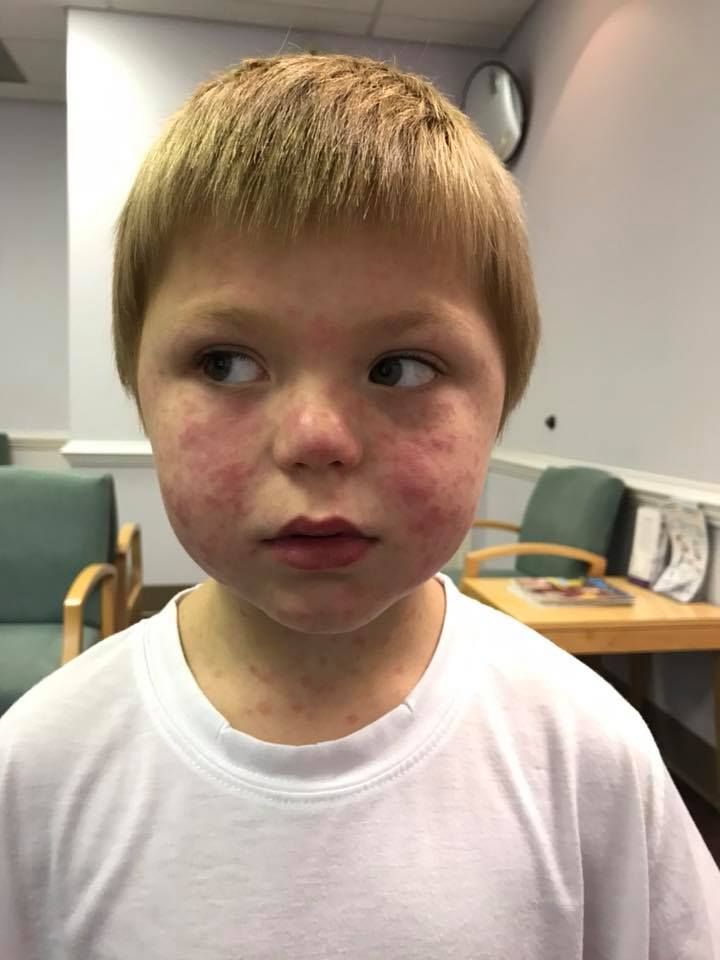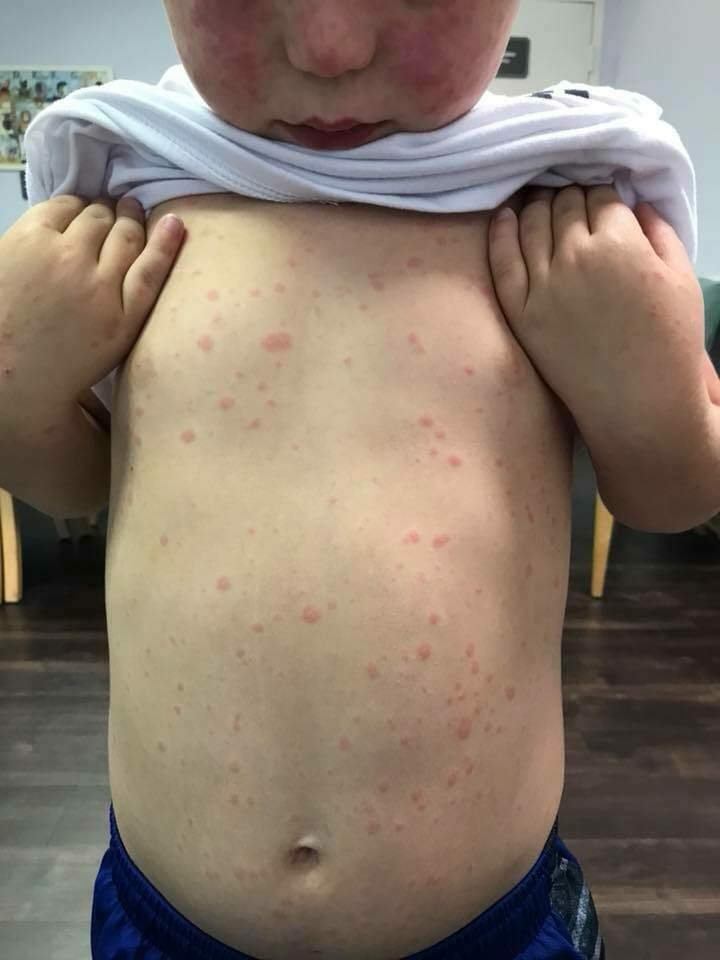As the world gets warmer and nature buzzes with life, ticks are stealthily increasing their presence. Unfortunately, these tiny creatures bring more than just discomfort—they carry diseases that can lead to serious health issues if left undiagnosed. This was the hard lesson learned by Danielle McNair and her son Mason, whose alarming experience is a wake-up call for all of us.
The Growing Threat of Tick-Borne Diseases

Did you know that tick-borne diseases have tripled in the last 15 years? That’s a staggering statistic from a recent American study. With warmer climates fueling the rise of tick populations, the risks of exposure are higher than ever. While experts recommend long sleeves and pants during outdoor adventures, it’s not always practical—especially in the heat of summer. But ignoring precautions can come at a price, as Danielle McNair’s story painfully illustrates.
A Day in Nature Turned Nightmare
It started innocently enough. Five-year-old Mason was enjoying a day outdoors with his grandparents. The sunshine, the laughter—everything seemed perfect. But later that evening, his grandmother discovered a tick lodged in his navel while giving him a bath. Acting quickly, she removed it, but the redness and swelling around the bite lingered. The family decided to visit the doctor, who prescribed antibiotics. Unfortunately, what seemed like a minor issue spiraled into something much more serious.
When a Rash Is More Than It Seems
Not long after the tick was removed, Mason developed a rash. At first, it appeared to be nothing more than a heat rash—a common reaction to playing outside in hot weather. But the rash didn’t stop there. It spread rapidly, covering large parts of Mason’s body, and was accompanied by a fever and stomach pain. Concerned, Danielle took Mason back to the doctor, who dismissed it as a delayed reaction to the antibiotics.
“It really just looked like a heat rash,” Danielle explained. “But I wasn’t satisfied with the answer.”
A Mother’s Determination Saves the Day
Unconvinced by the doctor’s diagnosis, Danielle turned to the internet and her sister, a veterinarian, for guidance. Her instincts told her that Mason’s symptoms were linked to the tick bite. After extensive research, Danielle stumbled upon information about Rocky Mountain spotted fever (RMSF), a lesser-known but serious tick-borne disease. The symptoms—fever, rash, headache—aligned perfectly with what Mason was experiencing.
Danielle insisted on further testing for RMSF, and her persistence paid off. Mason was diagnosed with the disease and immediately placed on the appropriate antibiotic treatment. Without her advocacy, the outcome could have been devastating.
What Is Rocky Mountain Spotted Fever?
Rocky Mountain spotted fever isn’t as widely recognized as Lyme disease or tick-borne encephalitis (TBE), but it’s just as dangerous. Caused by the bacterium Rickettsia rickettsii, RMSF is transmitted through tick bites and can lead to severe complications if not treated promptly. Despite its name, the disease is not confined to mountainous regions—it’s been reported across the United States and other parts of the world.

Symptoms of RMSF typically include:
- Fever
- Rash (often spreading rapidly)
- Headache
- Muscle pain
- Nausea or vomiting
Early diagnosis is critical, as untreated RMSF can result in organ damage, amputation, or even death.
Children at Greater Risk
According to experts like Dr. Paige Armstrong from the Centers for Disease Control and Prevention (CDC), children are particularly vulnerable to tick-borne diseases. Their symptoms can often differ from those of adults, leading to misdiagnoses. This makes it even more important for parents to trust their instincts and push for thorough medical evaluations when something feels off.
In June 2017, a heartbreaking case highlighted the dangers of RMSF when a two-year-old girl lost her life due to a delayed diagnosis. These tragic outcomes underscore the importance of awareness and swift action.
Empowering Parents to Take Action

Danielle McNair has since made it her mission to raise awareness about tick-borne diseases and the need for parental advocacy. “Doctors are human too,” she says. “They don’t know everything. That’s why it’s so important to do your own research and speak up for your child.”
Her advice to parents is clear:
- Know the Symptoms – Familiarize yourself with signs of tick-borne diseases, especially if your child has been outdoors.
- Check for Ticks – After spending time outside, thoroughly inspect your child’s skin, including hidden areas like the navel, scalp, and behind the ears.
- Advocate for Your Child – Don’t hesitate to seek a second opinion if you feel your concerns aren’t being taken seriously.
- Take Precautions Outdoors – Encourage your family to wear protective clothing and use insect repellents when spending time in tick-prone areas.
A Mother’s Warning: Don’t Ignore the Risks
Reflecting on her journey, Danielle emphasizes how crucial it is for parents to remain vigilant. “If I hadn’t done my own research and continued to push, we’d be in a completely different situation with my son. That’s terrifying,” she says.

Her persistence not only saved Mason but also serves as an important reminder for all of us. Ticks may be small, but the diseases they carry can have life-altering consequences. By staying informed and proactive, we can protect our loved ones from similar experiences.
Conclusion
Mason’s story is a powerful testament to the importance of parental advocacy and awareness of tick-borne diseases. As tick populations continue to rise, so does the need for vigilance. Whether you’re hiking in the woods or playing in your backyard, remember to take precautions and trust your instincts if something doesn’t seem right. Danielle McNair’s determination saved her son’s life—let her story inspire you to stay alert and informed. After all, when it comes to protecting our children, there’s no such thing as being too careful.


